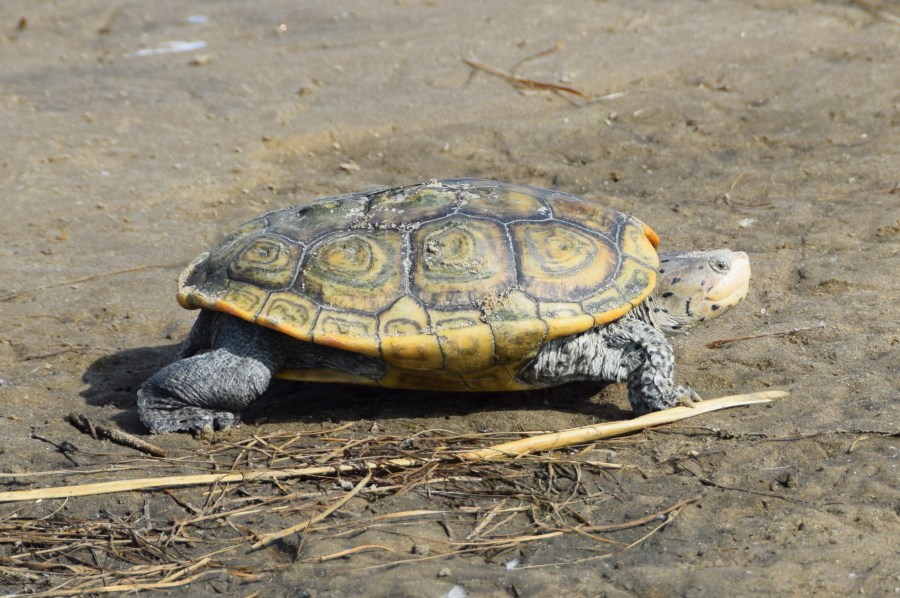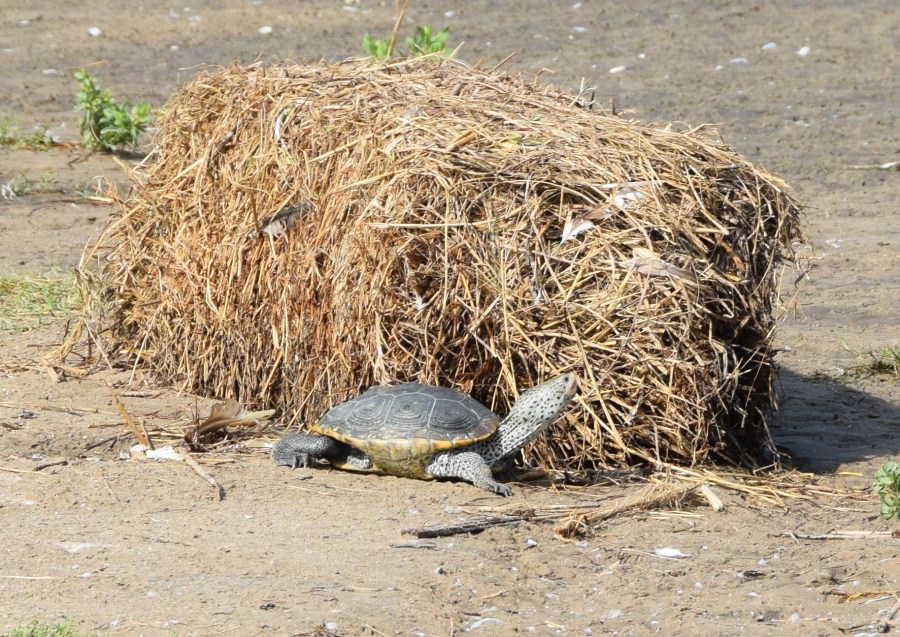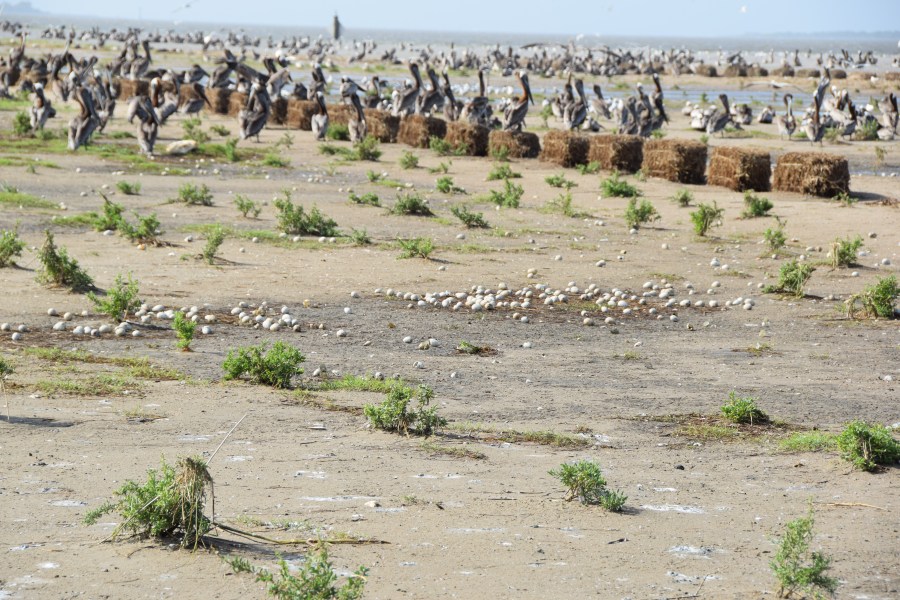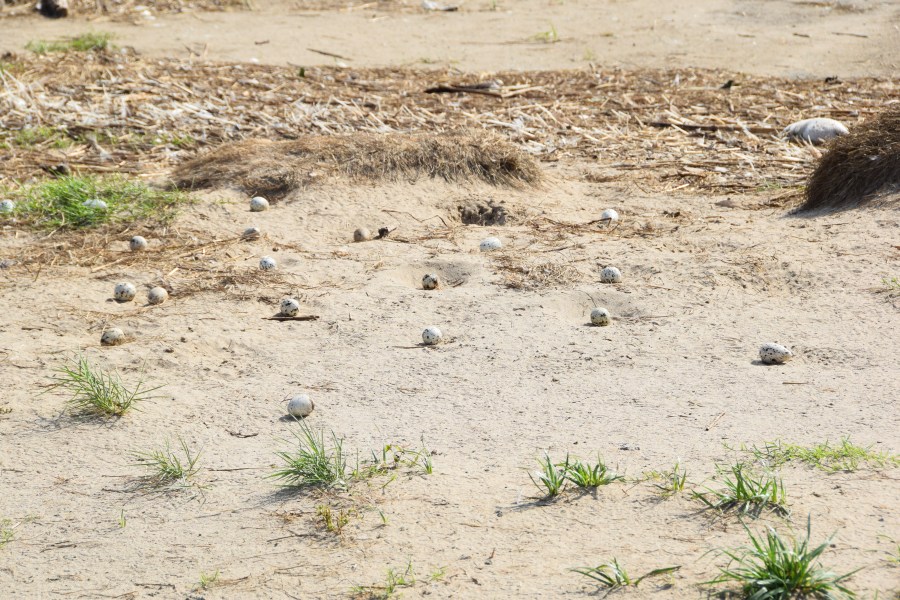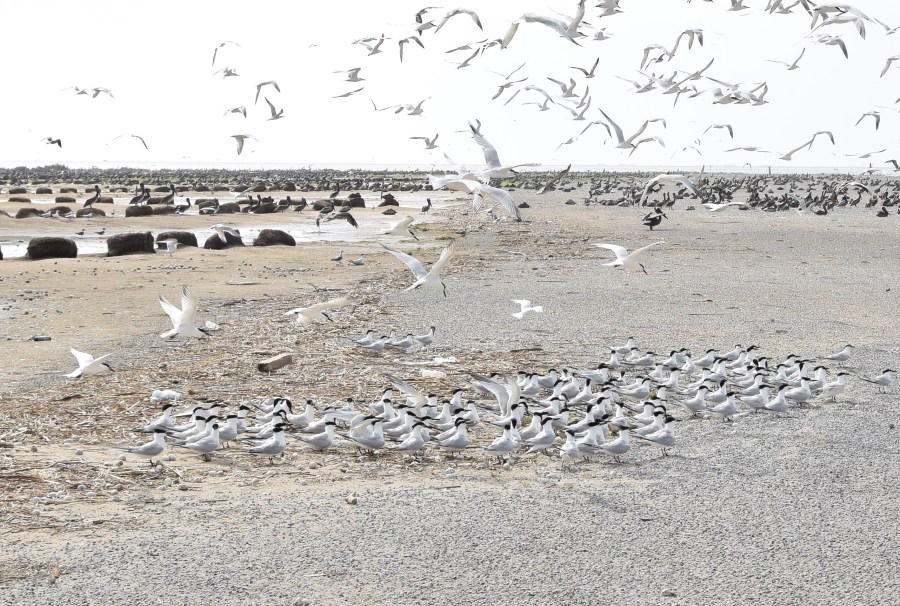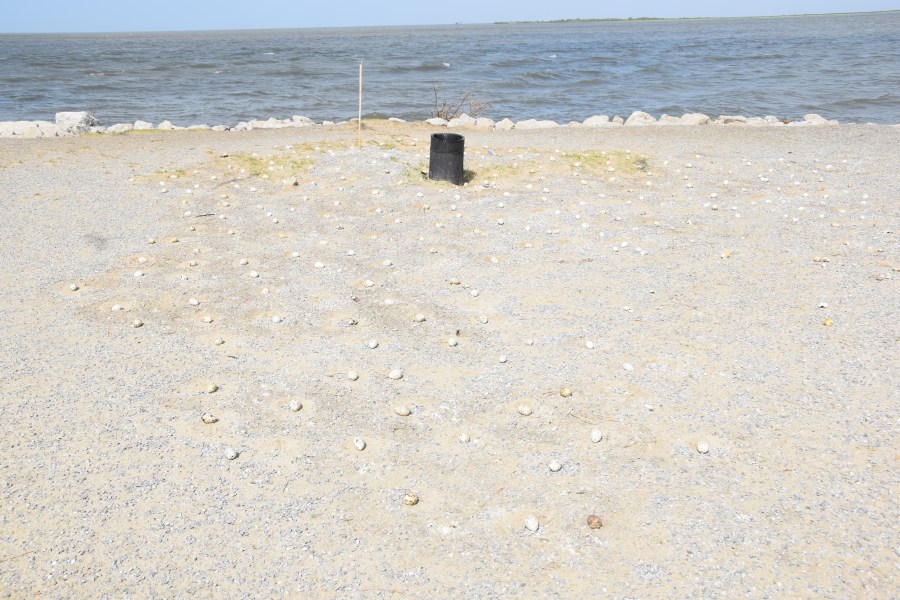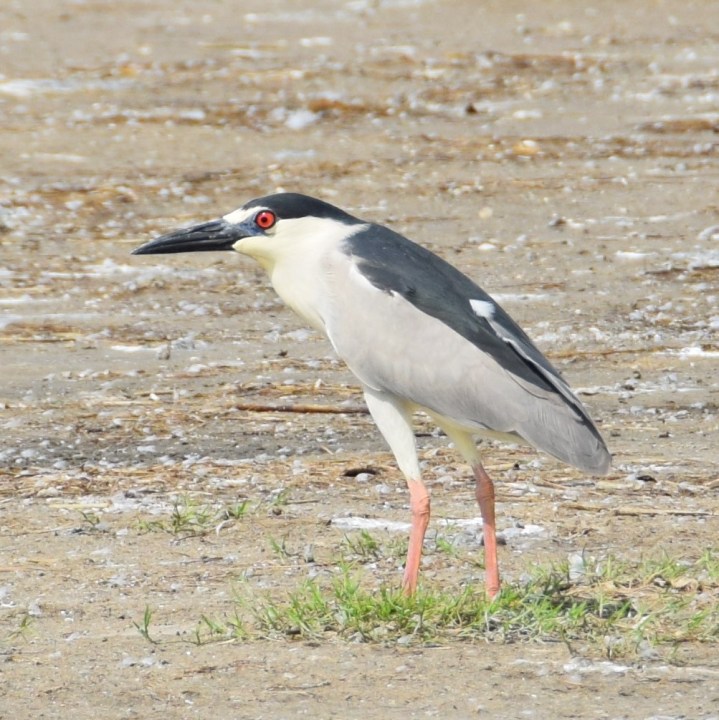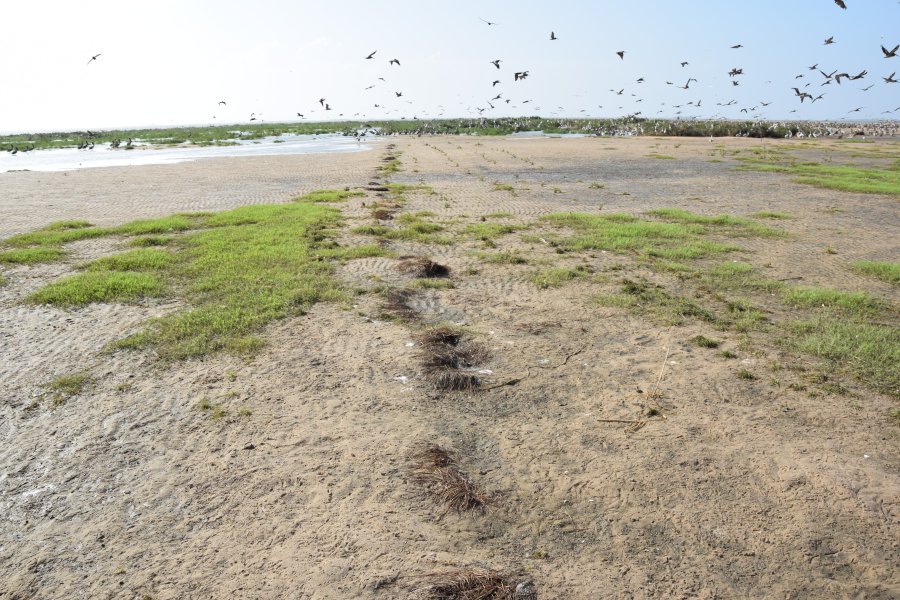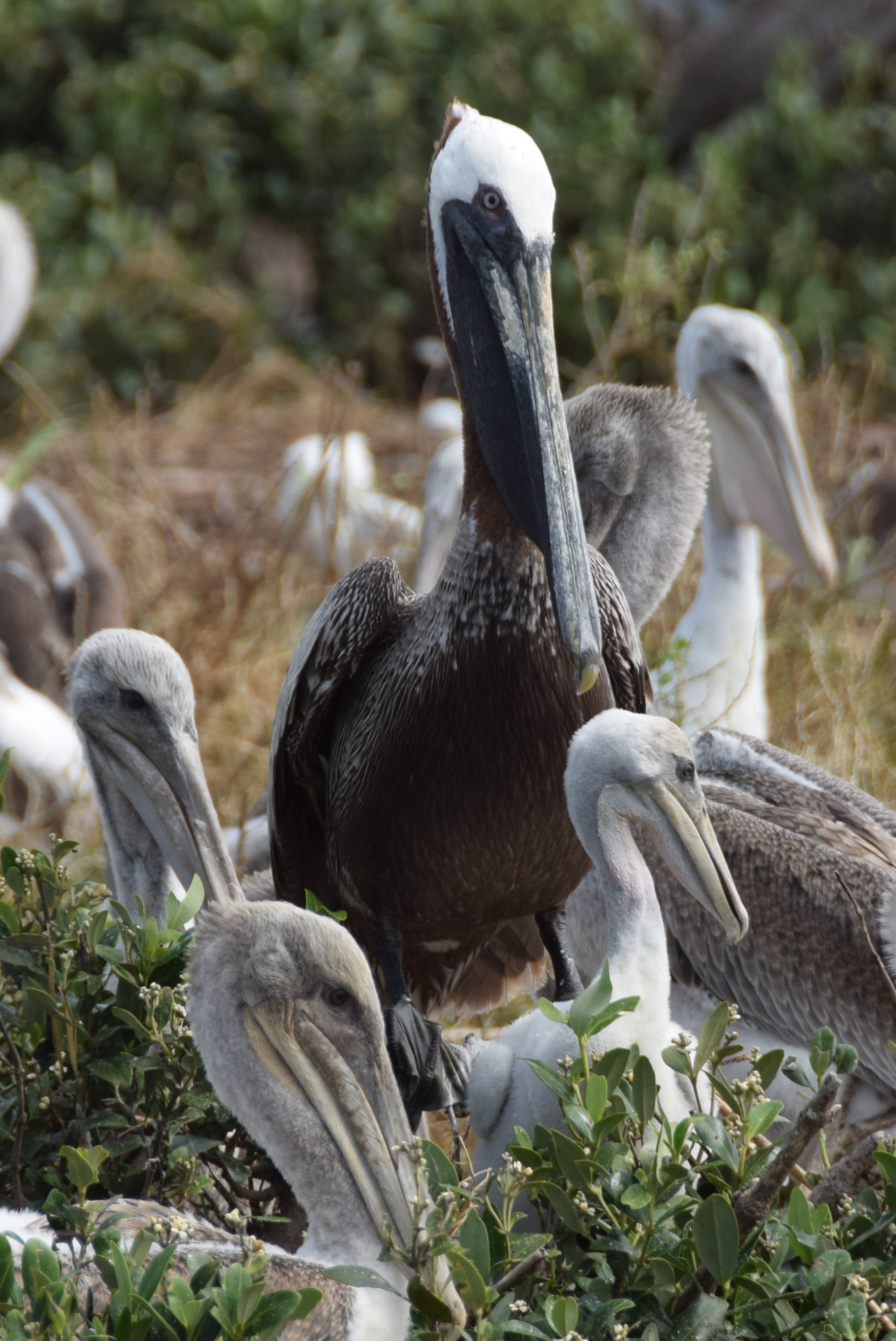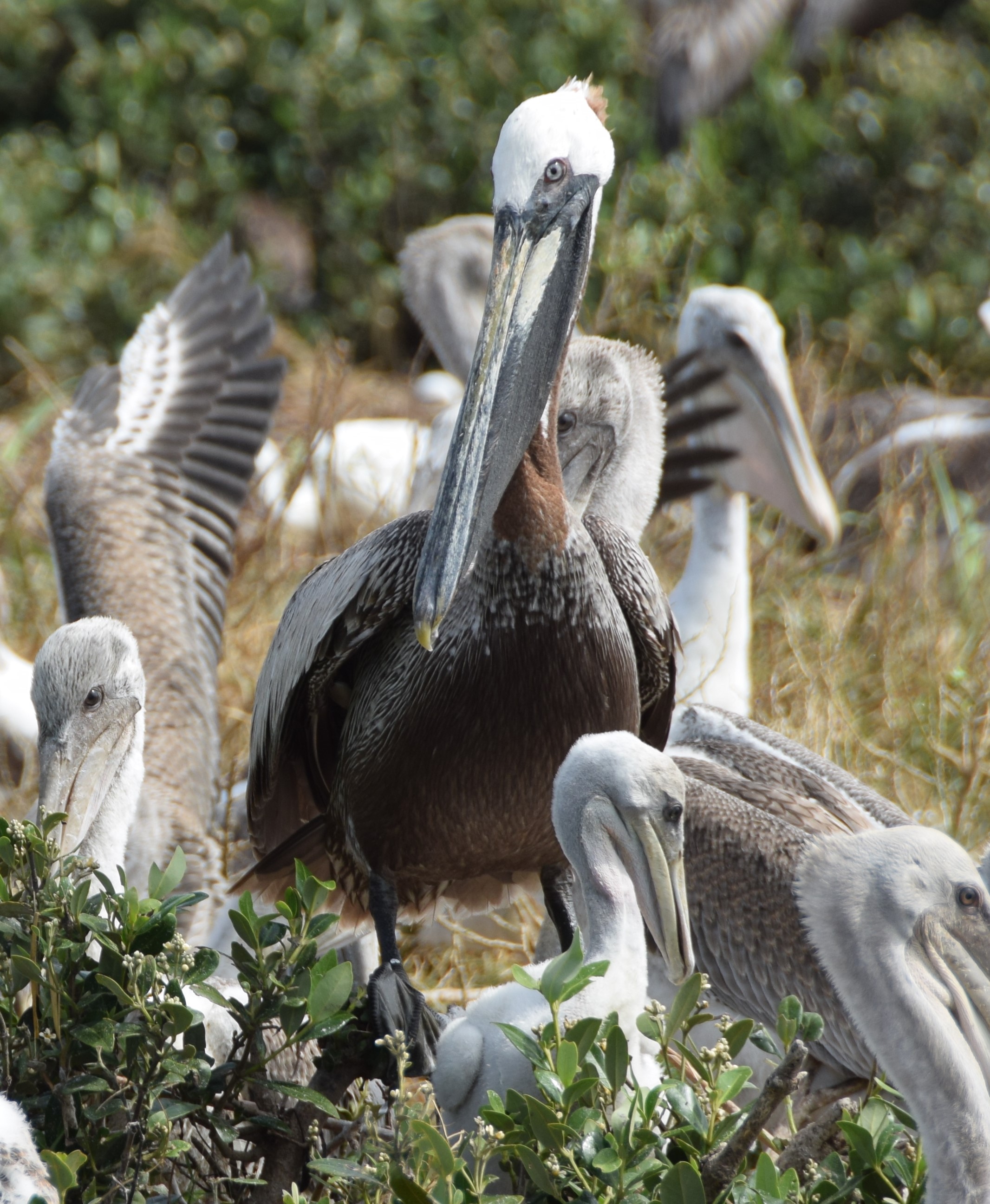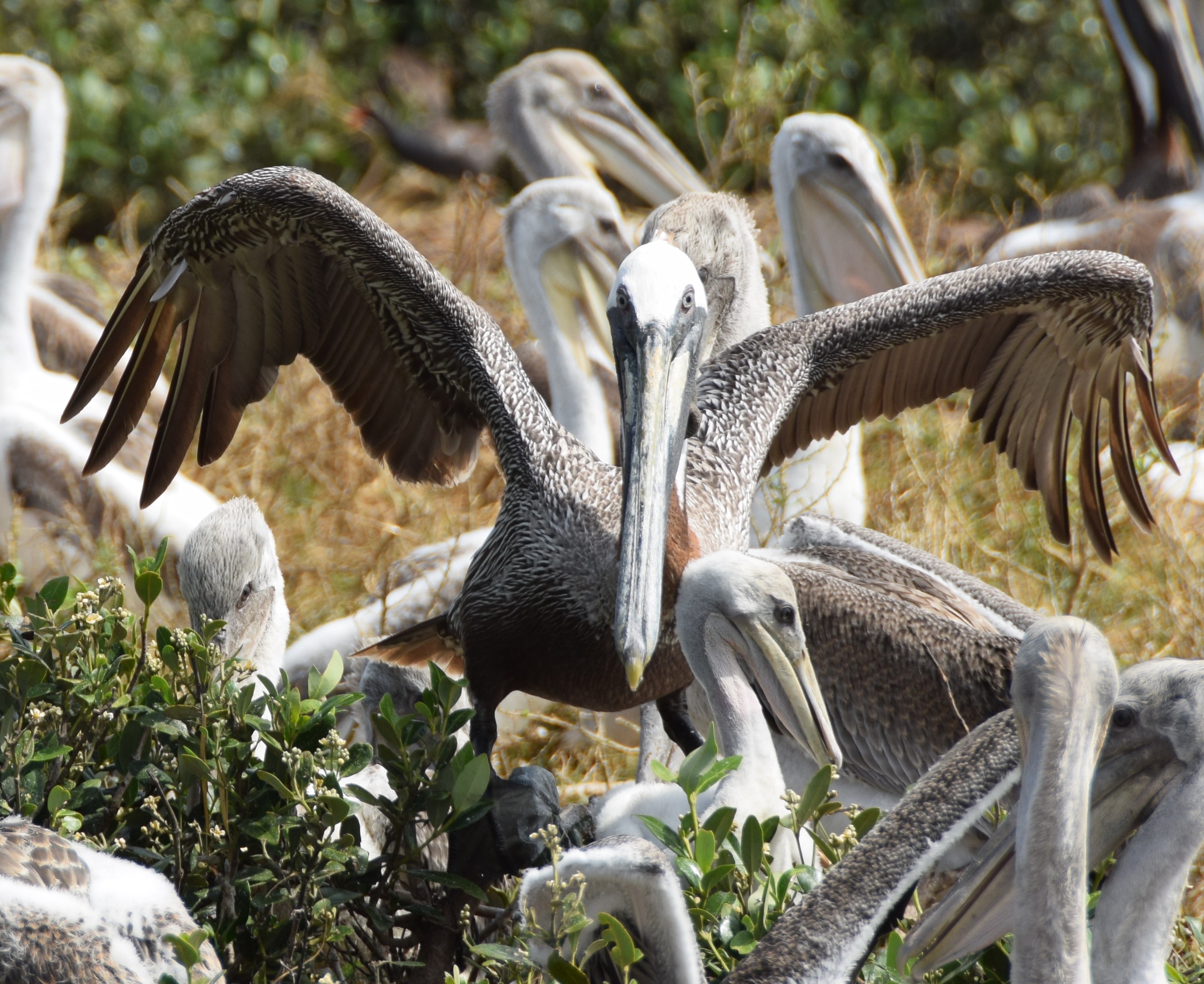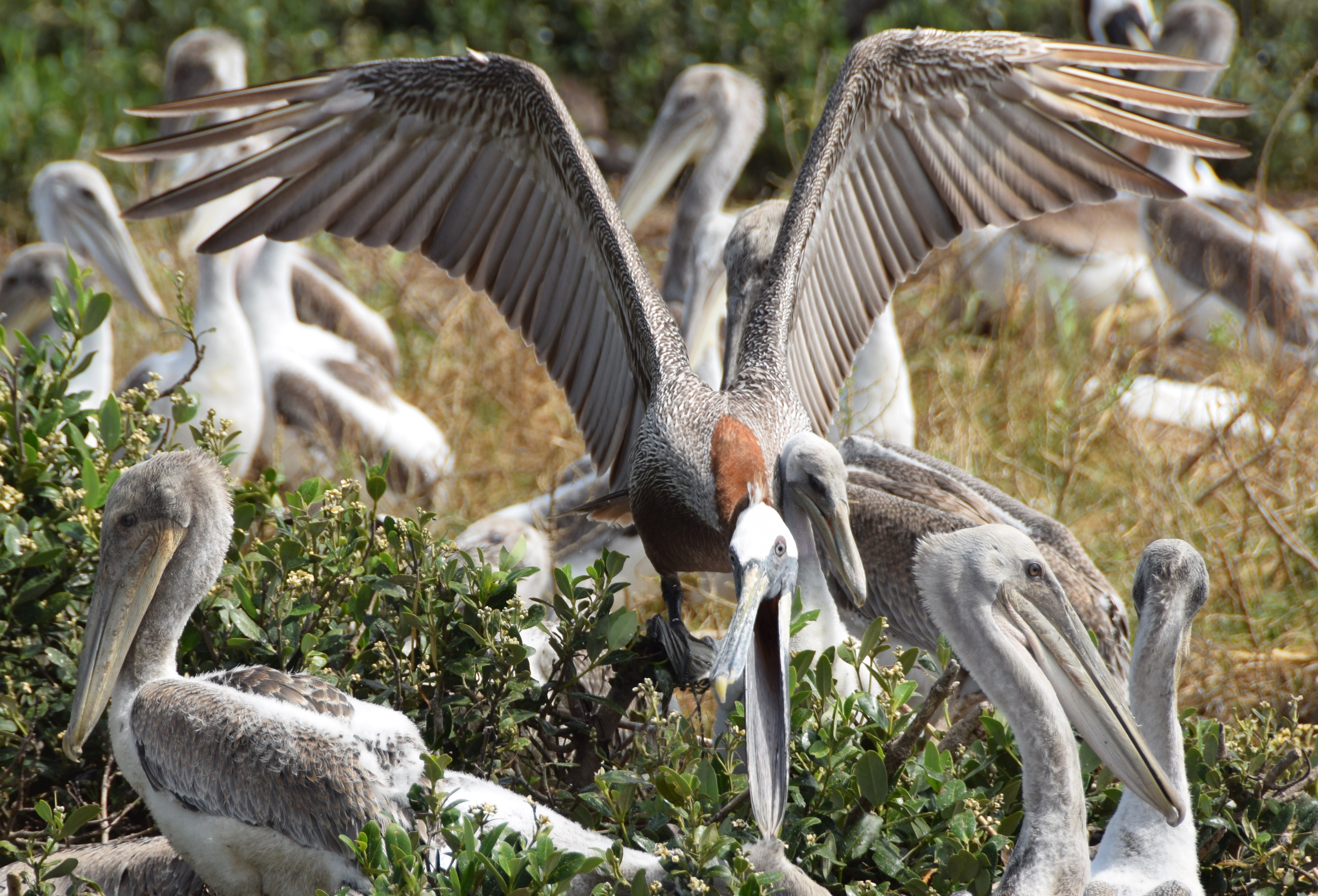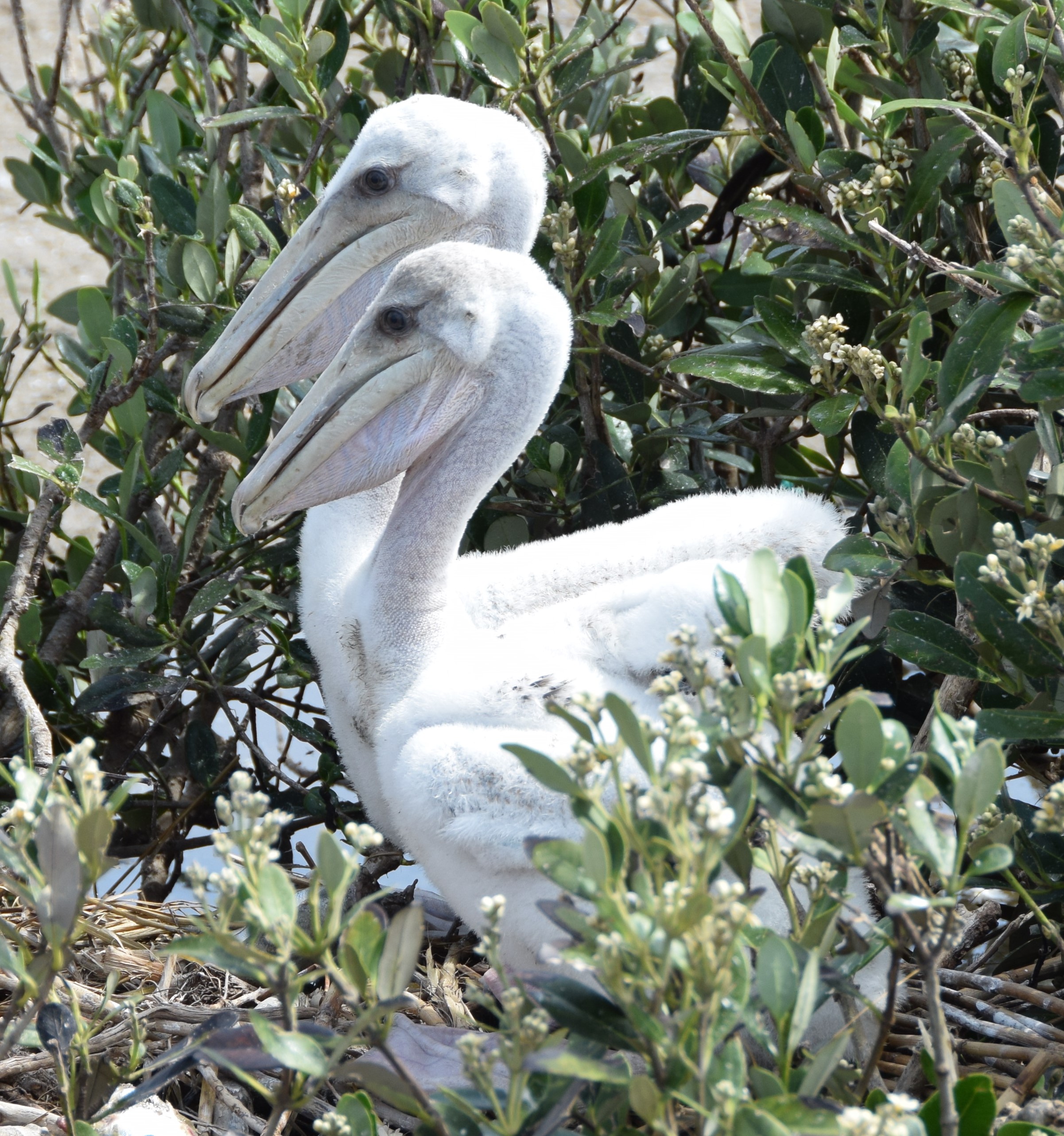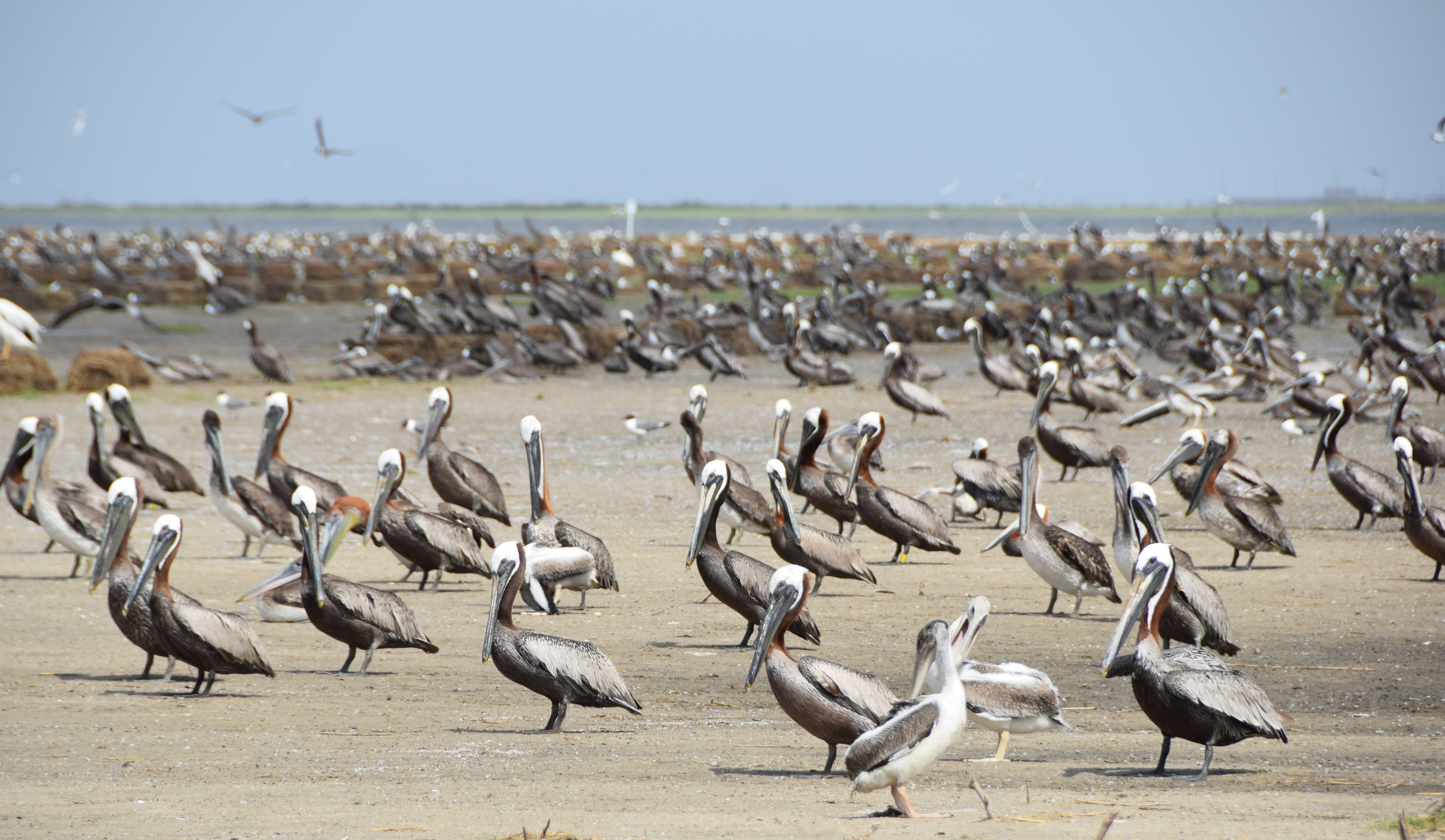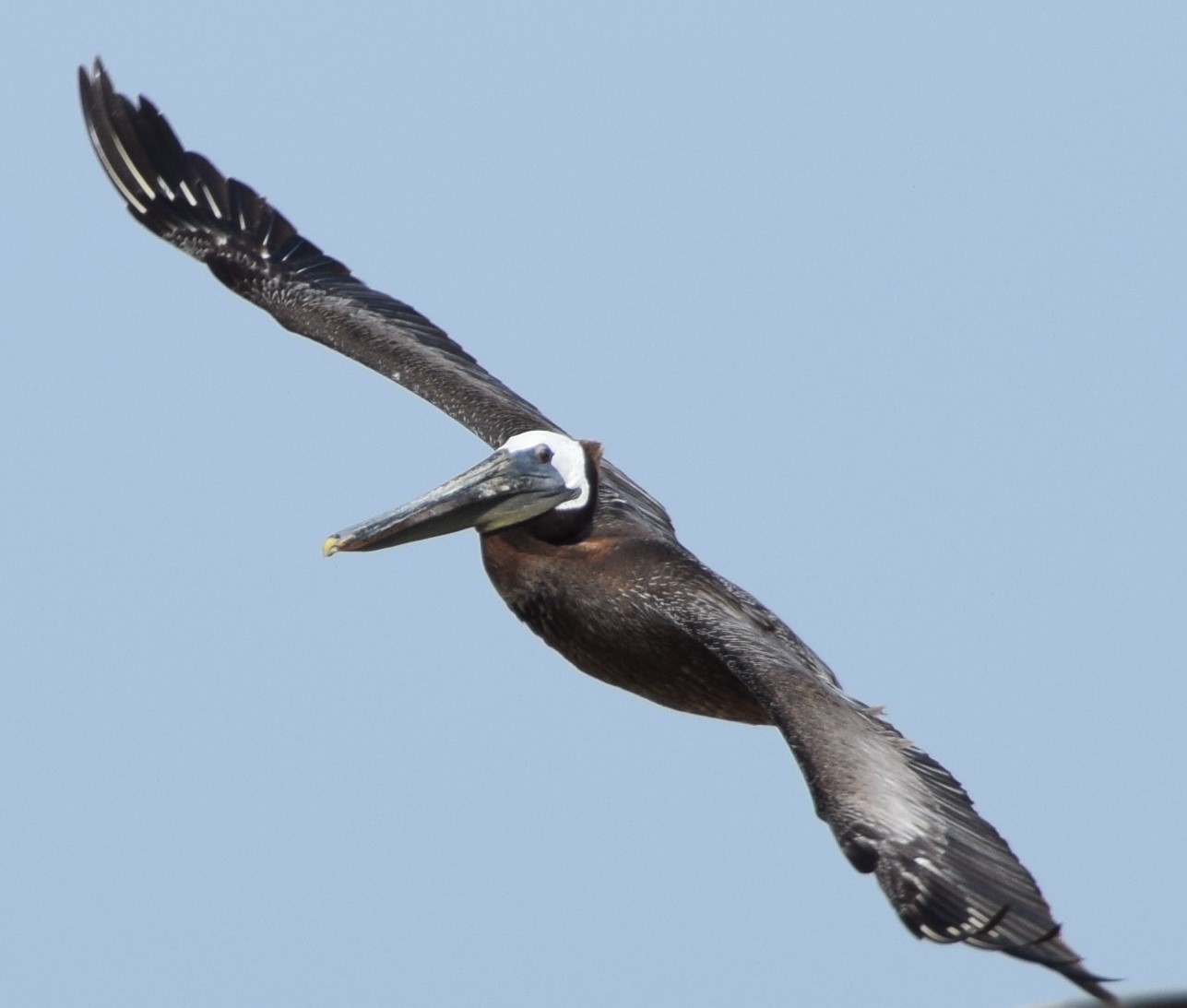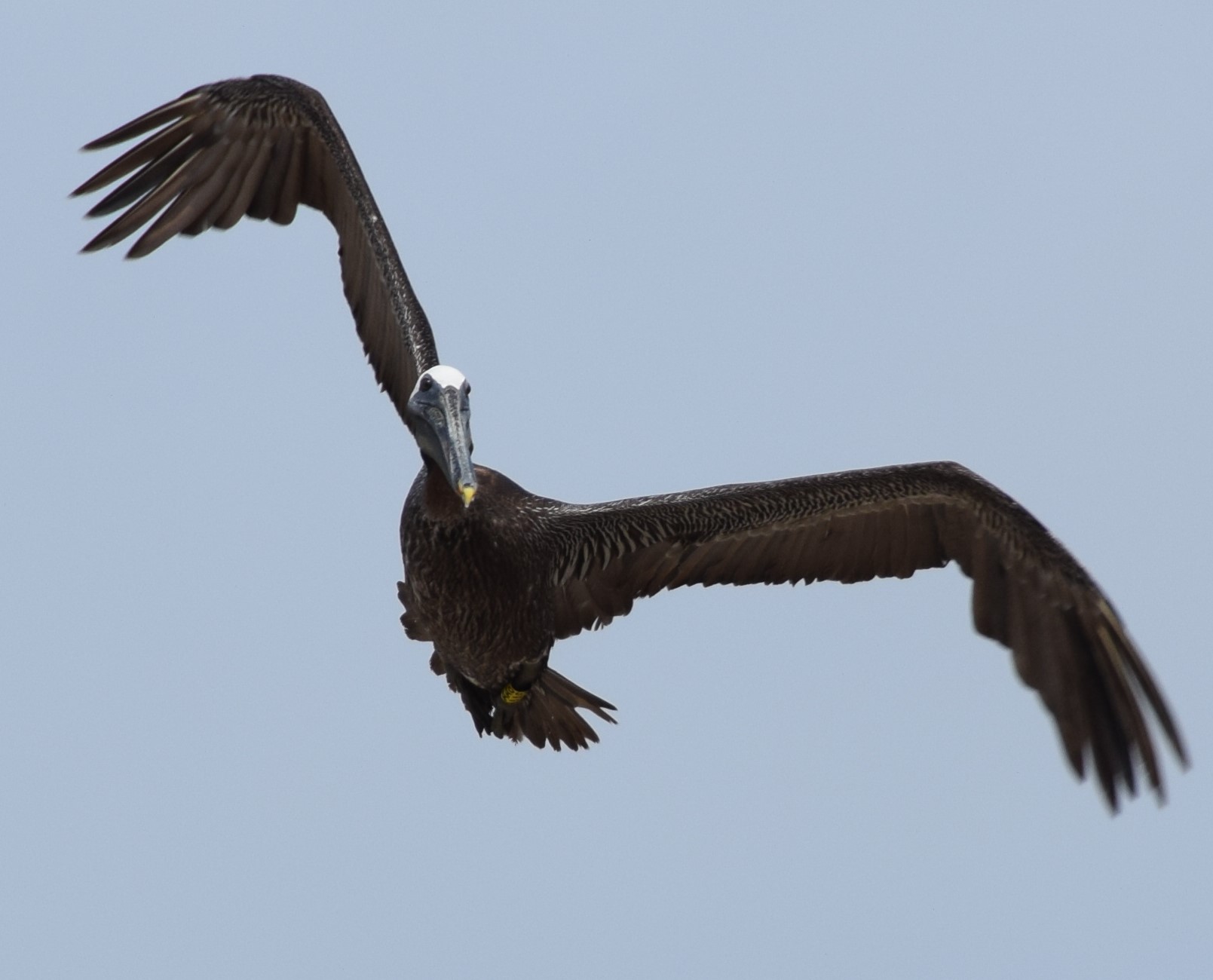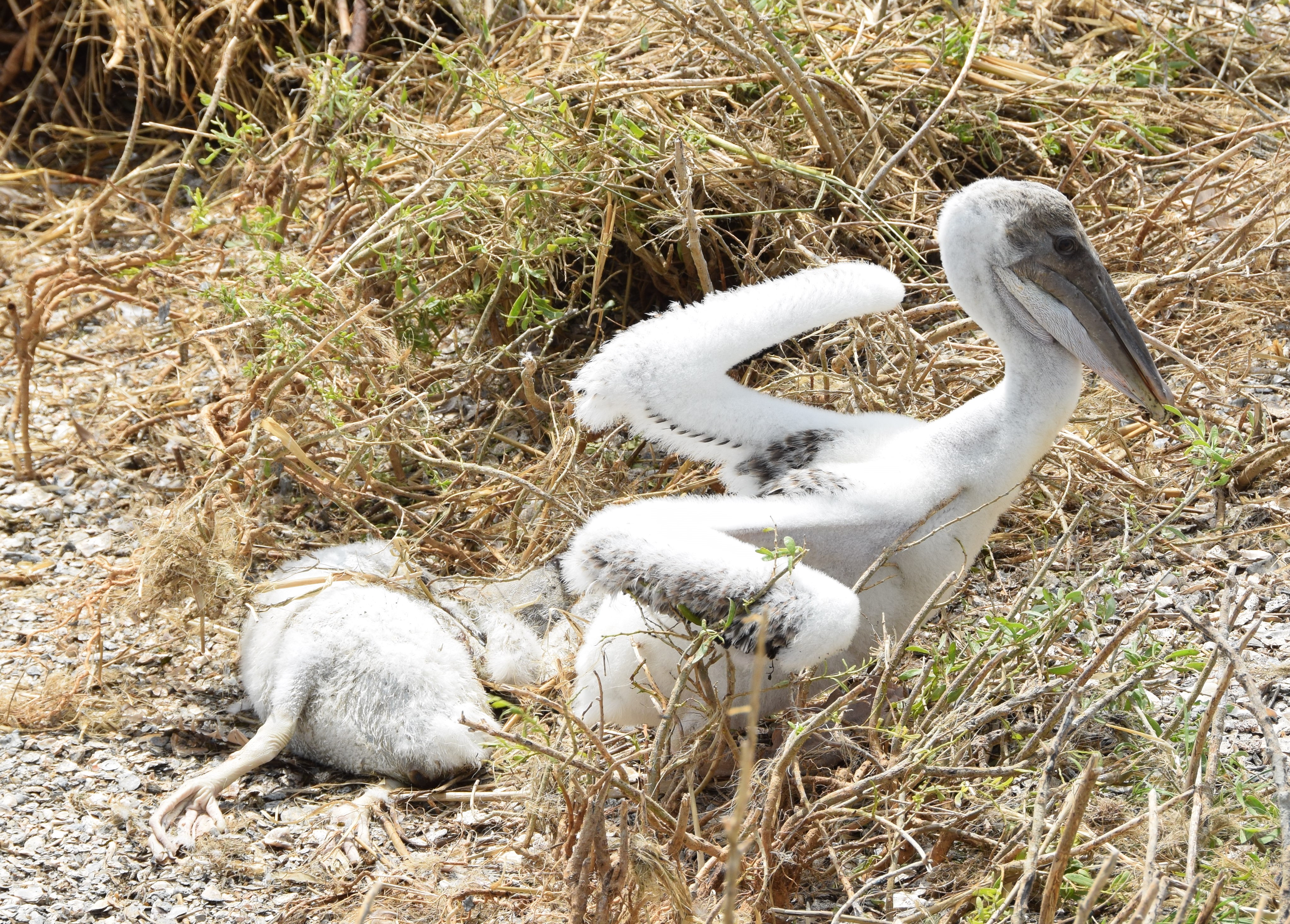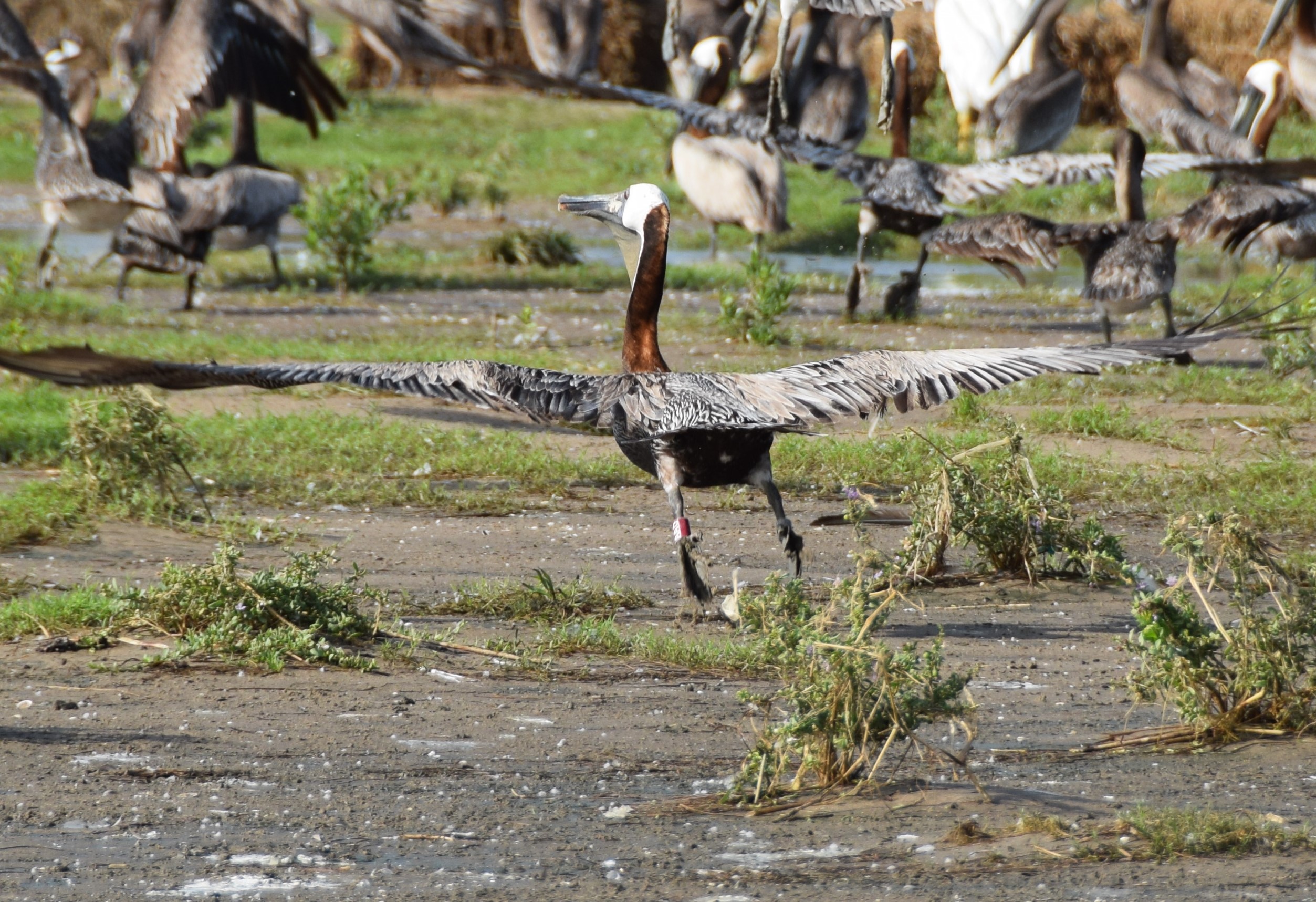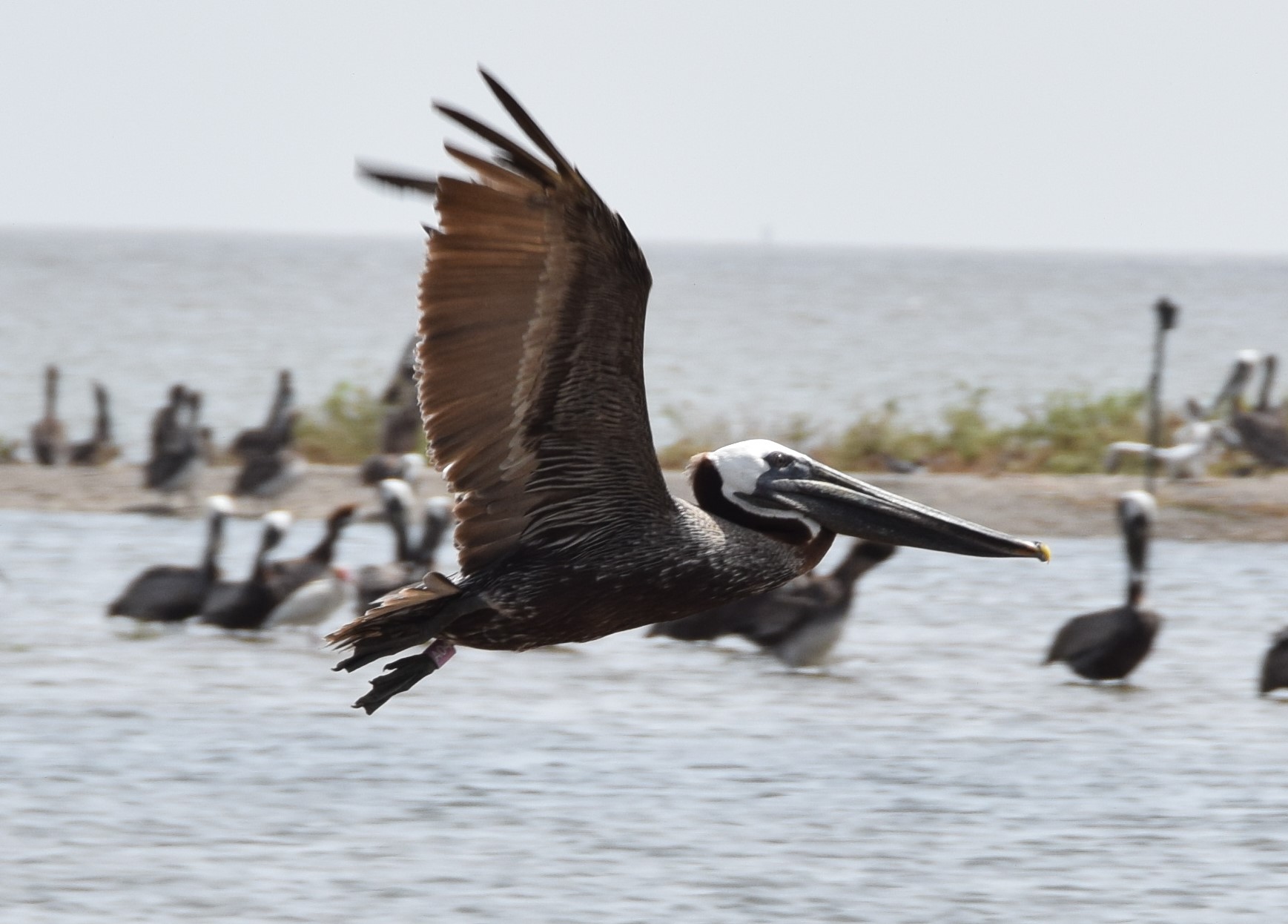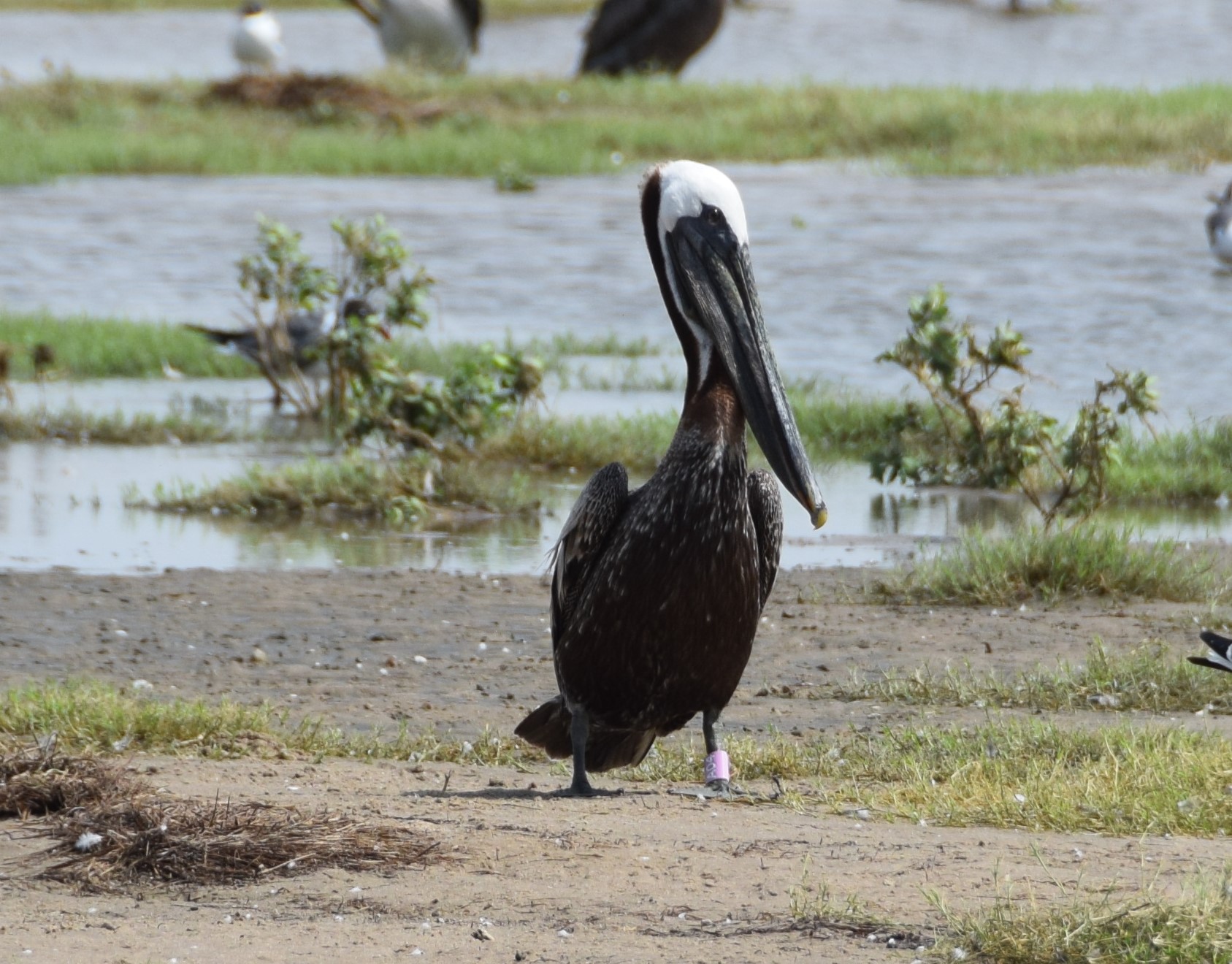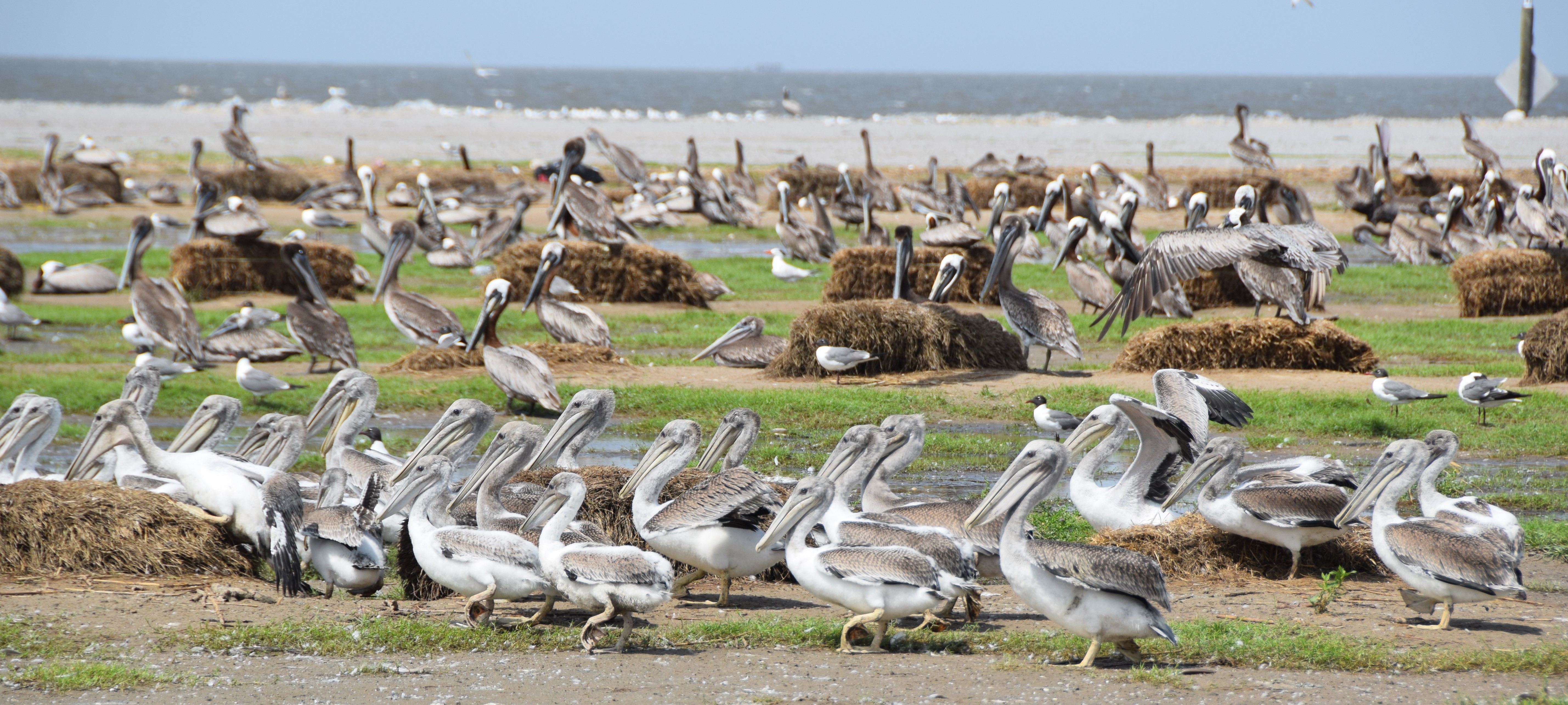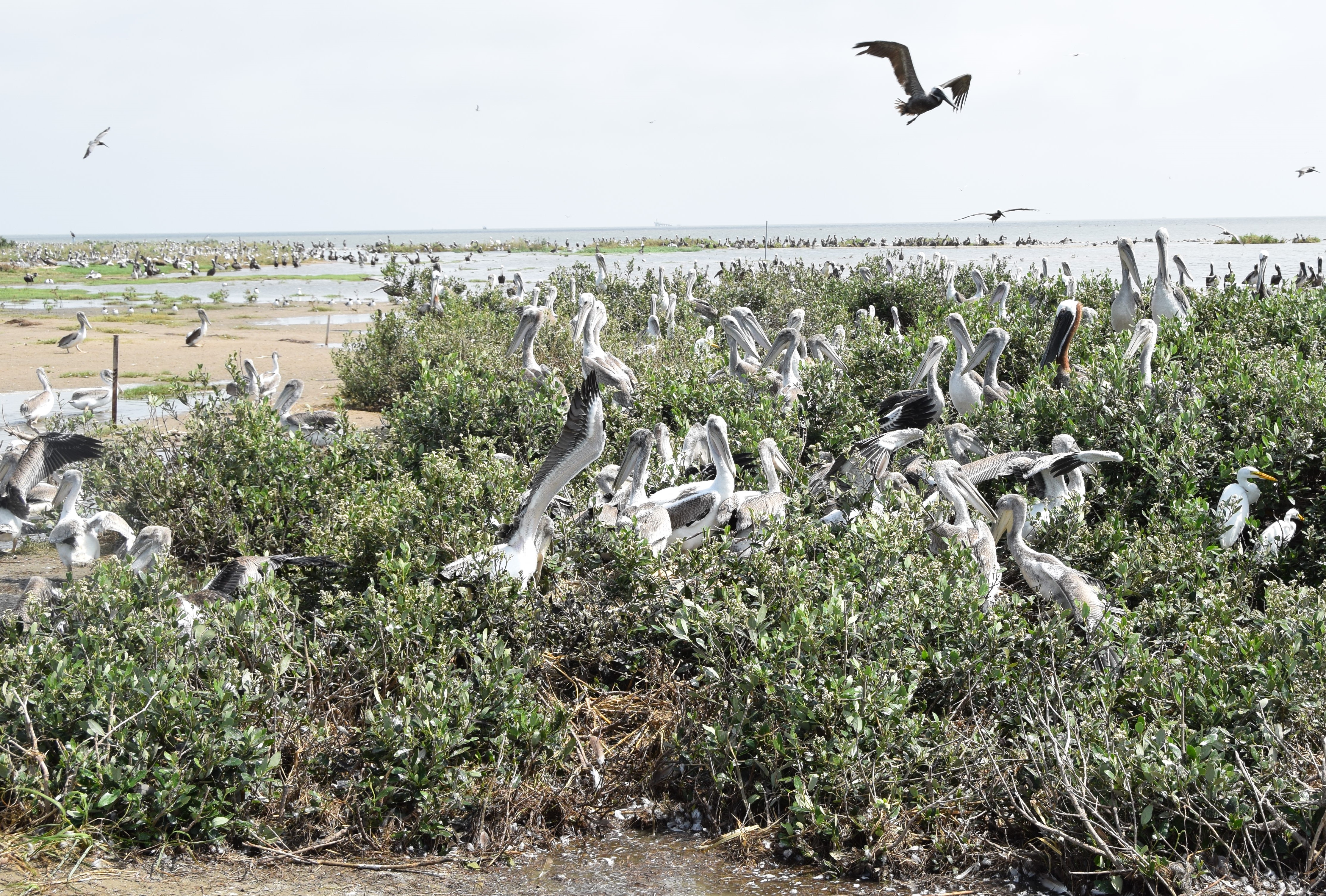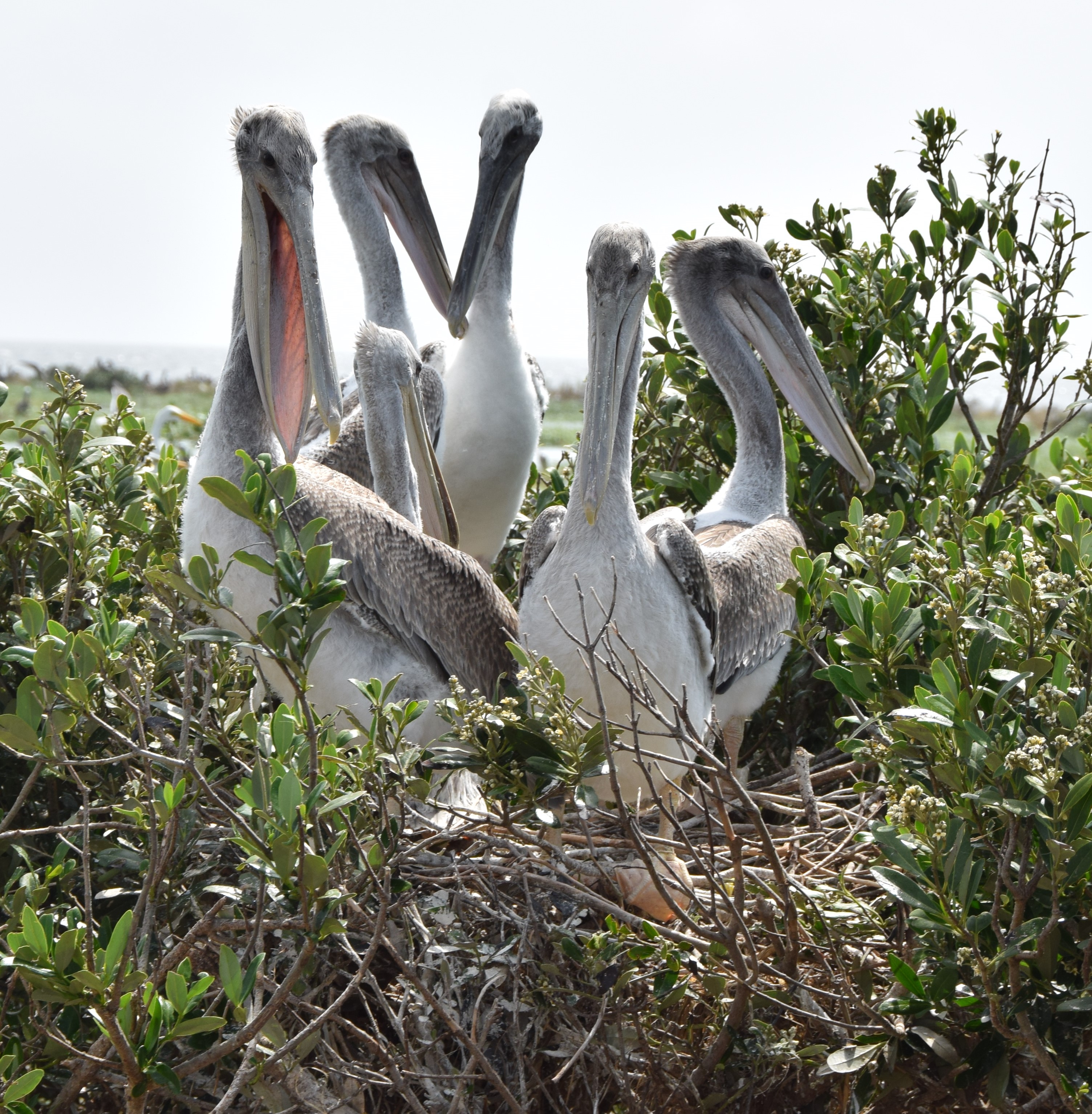Many concerned people have asked how Queen Bess Island, a key nesting spot for Louisiana’s state bird the Brown Pelican, fared during Tropical Storm Cristobal.
Queen Bess Island is located about two and a half miles north Grand Isle in Barataria Bay. Grand Isle saw its worst flooding and storm surge in years. Many people wondered what happened to the newly restored island.
Louisiana Wildlife and Fisheries Biologist Todd Baker tells WGNO, “The island survived with no significant damage which is amazing considering all the exposed sediment. We did lose about 30% of our Brown Pelicans and almost all of our ground nesters such as terns and skimmers. The good news is that there are still thousands of young Brown Pelicans running around and it looks like the terns and skimmers are already starting to re-nest. Those bird are lucky they have a “restored island” or impacts would have been much more severe.”
Queen Bess Island re-opened in February just in time for nesting season. The $18.7 million dollar restoration project took three years of planning and six months to complete. The restoration project was a partnership between Wildlife and Fisheries, Coastal Protection and Restoration Authority, and the Louisiana TIG. The Louisiana TIG oversees the BP restoration dollars in Louisiana.
Brown Pelicans aren’t the only birds on the island. There are a number of birds that nest on Queen Bess Island many of them are species of conservation concern in Louisiana. Also nesting this season are Tri-color Herons, Reddish Egrets, Roseate Spoonbills, Oyster catchers, Least Terns, Great Egrets, Snowy Egrets, and even Diamondback Terrapins turtles.



